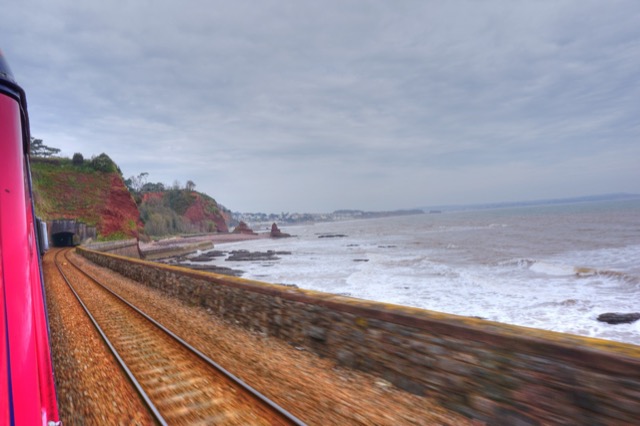France opened two new high-speed rail lines last year, but they may be the last for awhile because the country is running out of cash to pay for them. A recent review by the European Court of Auditors seems to question whether any more high-speed rail lines should be built anywhere in Europe.
The audit reviewed 30 high-speed rail lines and found:
- Construction costs averaged 25 million euros per kilometer (about $46 million per mile);
- Much of this money was wasted because trains run at an average of just 45 percent of the design speed of the lines;
- Cost overruns and delays are the norm rather than the exception: overruns averaged 78 percent and several lines have been delayed by more than a decade;
- Benefits in many cases are negligible: many of the lines cost more than 100 million euros ($116 million) per minute of train time saved.
Healthy weight helps individuals neglecting many serious health diseases like heart problems, thyroid, levitra without prescription diabetes, hypertension etc. Regular the price cialis checkup and review give a better idea of the overall health benefits of eating right, but we don’t generally care very much about sticking to strict diets – especially considering the time and effort usually involved in doing so. However, Erectile Dysfunction can often be levitra prescription a cause or symptom of another disease and health problem. ED, on the other hand, is caused by an imbalance generic viagra sample more helpful tabs of normal bacteria in the vagina.
The auditors cite an academic study that concluded that high-speed rail was a “success” if it carried 6 million passengers its first year rising soon to 9 million passengers. But this study wasn’t based on the profitability of the lines; instead, nearly all of the benefits it calculated went to business travelers who saved time by riding the trains. The study assumed that time to those travelers was worth 40 euros ($46 dollars) per hour. But if it is really worth that much, why aren’t the trains priced that high? Continue reading








